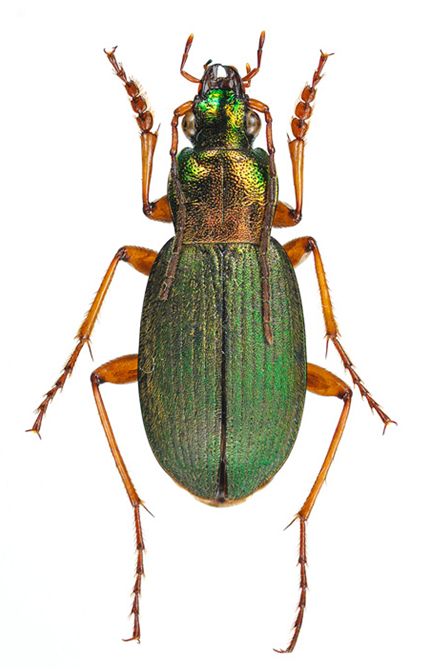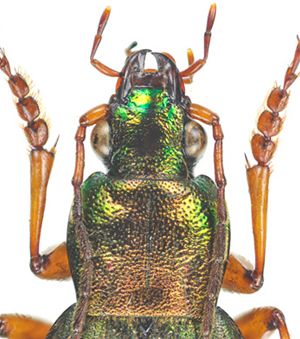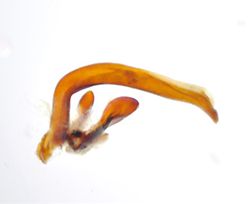| Ecology |
hygrophilous (Togashi and Ura 1994), forest (Inoue 1952a, Suttiprapan and Nakamura 2007), grassland (Inoue 1952a, Higashi et al. 1983), farm field (Inoue 1952a, Okutani et al. 1971), paddy field (Inoue 1952a, Inoue 1977c, Yahiro 2007, Lee et al. 2008, Lee and Ishii 2009), bank (Inoue 1952a, Aono 1987, Aono 1988), upland field (Habu and Sadanaga 1961, Kimoto and Yasuda 1995), bank, wetlands, paddy field, dry field and woods from flatland to subalpine (Inoue 1977d), waterside (Suda 1980), riverbed (Terada 1983, Ishii et al. 1996, Ishitani 1996, Ishitani et al. 1997, Yamazaki et al. 1999, Lee and Ishii 2009, 2010), bareland (Higashi et al. 1983), margin of deciduous broad-leaved forest (Higashi et al. 1983), margin of coniferous forest (Higashi et al. 1983), plantation of Larix leptolepis saplings (Higashi et al. 1983), plantation's margin of Larix leptolepis saplings (Higashi et al. 1983), alder coppice forest in wetlands (Higashi et al. 1983), margin of alder coppice forest in wetlands (Higashi et al. 1983), Sasa nipponica bush left in a pasture (Higashi et al. 1983), grassland (Kasahara and Nishiyama 1990, Suzuki and Sakuratani 2010), Robinia pseudoacacia forest (Tanaka 1991a), grassland along mountain trail (Tanaka 1991b), grassland adjoining to paddy field (Tanaka 1991b), meadow (Tanaka 1991a, 1991b), grassland in the riparian bank (Tanaka 1991b), grassland in the bank (Tanaka 1991b), forest edge (Sunose 1992, Sunose and Kurosawa 1992, Kato 2000), slope of mound (Sunose 1992, Sunose and Kurosawa 1992), fallow field (Sunose 1992, Sunose and Kurosawa 1992), pear orchard (Togashi and Ura 1994), fig orchard (Ishitani and Yano 1994, Ishitani 1996), waste land (Kimoto and Yasuda 1995), relatively dried grassland and woods in riverbed (Kimoto and Yasuda 1995), riverain grassland (Kimoto and Yasuda 1995), vineyard (Togashi and Ohbata 1995), rape field (Ishitani 1996), beach (Shiyake 1999)), broad-leaved secondary forest (Hori 2003), field (Salah et al. 2004), orchard (Kagawa 2008), coppice forest (Kagawa 2008, Matsumoto 2008), Satoyama forest (Lee and Ishii 2009), adult (Inoue 1952a, Habu and Sadanaga 1961, Kuwayama and Oshima 1964, Ishitani 1996), from late May to early August (Inoue 1952a), early April (Okutani et al. 1971), summer (Tanaka 1991b), from March to June (Ishitani 1996), spring (Yamazaki et al. 1999), carnivorous (Ishitani 1996), armyworm (Matsumura 1897, Kuwayama and Oshima 1964), maggot (Matsumura 1897), wireworm (Matsumura 1897), snail (Matsumura 1897), earthworm (Matsumura 1897), grub (Matsumura 1897), sawfly (Matsumura 1897), larvae of Mamestra brassicae (Sinjou 1902, Nawa 1920, Kuwayama et al. 1925, Takahashi 1928, Hori 1935, Izumi 1951, Inoue 1952a), larvae of Naranga aenescens (Nawa 1917), larvae of Chilo suppressalis (Nawa 1917), planthopper (Nawa 1917, Nawa 1924, Kajiwara 1929), nymphs of Scotinophara lurida (Katsumata 1930), Cinara todocola (Inoue, M. 1944), Aulacophora femoralis (Tanabe and Mishima 1930, Mishima 1936, Mishima 1937), larvae of Pales pavida (Takaoka 1950), larvae of Gryllotalpa orientalis (Inoue 1952a), flying in night (Inoue 1952a), hibernating in soil and decayed trees (Inoue 1952a), making the muddy cell to lay eggs (Tanaka 1956), the females make the muddy cells and lay eggs into them, and these muddy cells are attached on the green stem from 10 mm to 70 mm from ground (Okutani et al. 1971), collected by light trapping (Yahiro 2007), synovigenic type (Ishitani 1996) |
 |
| 






